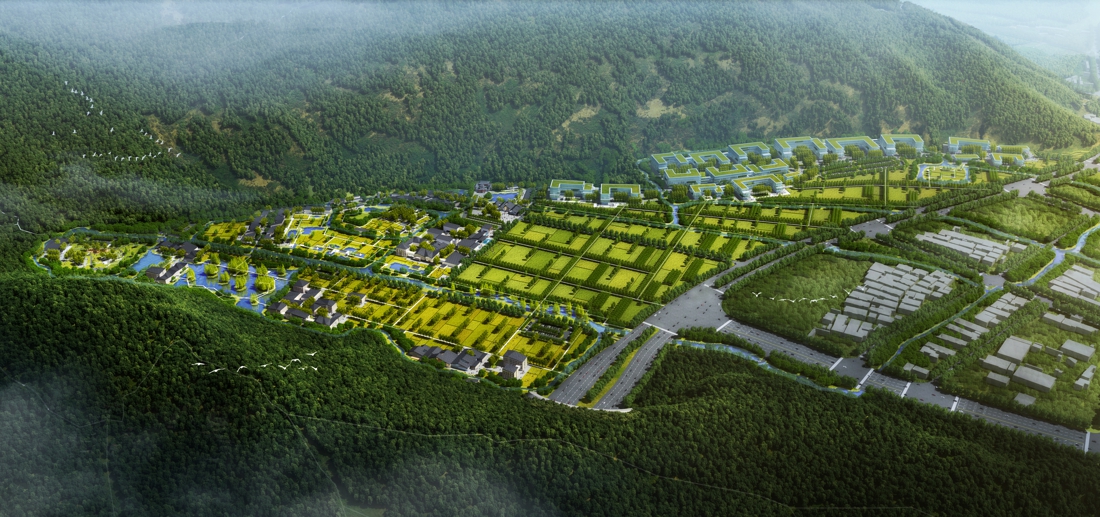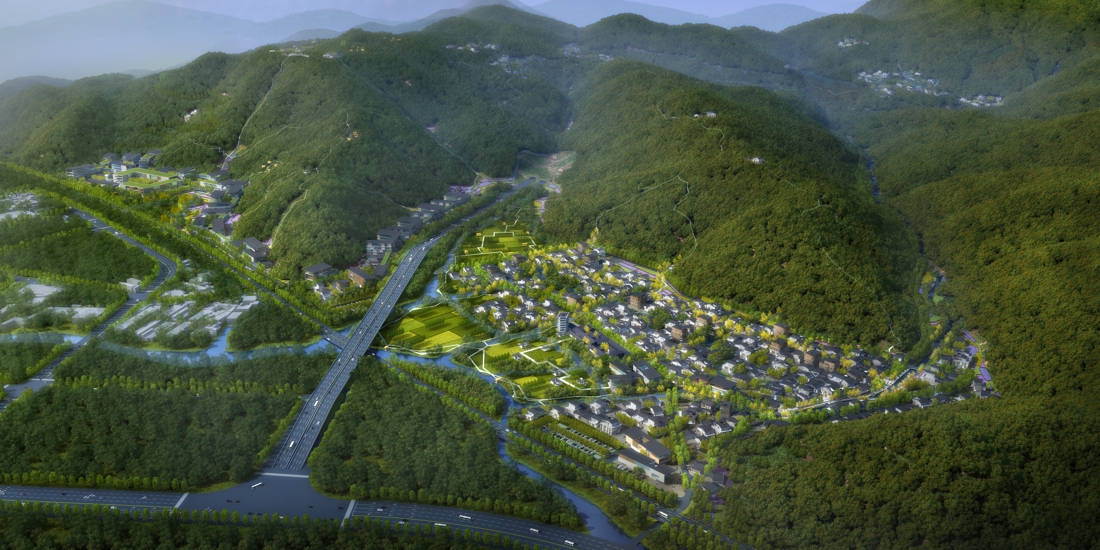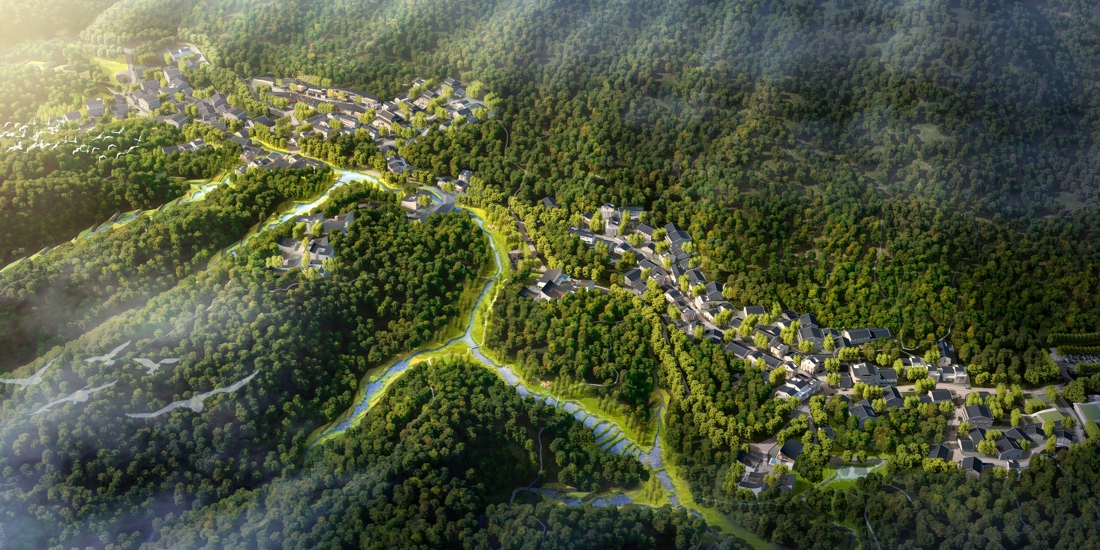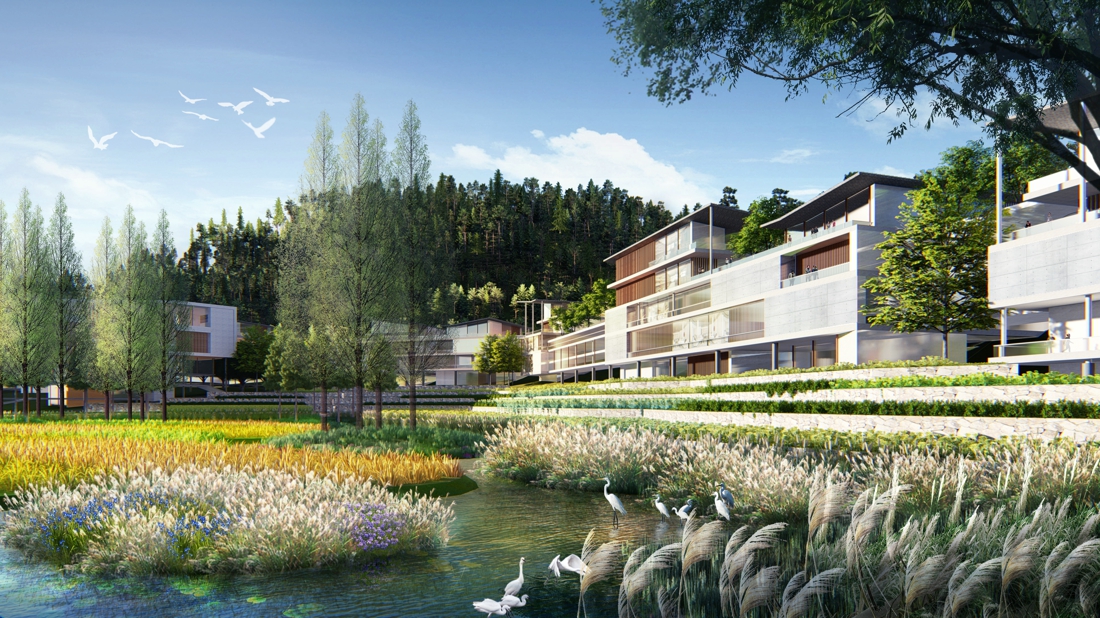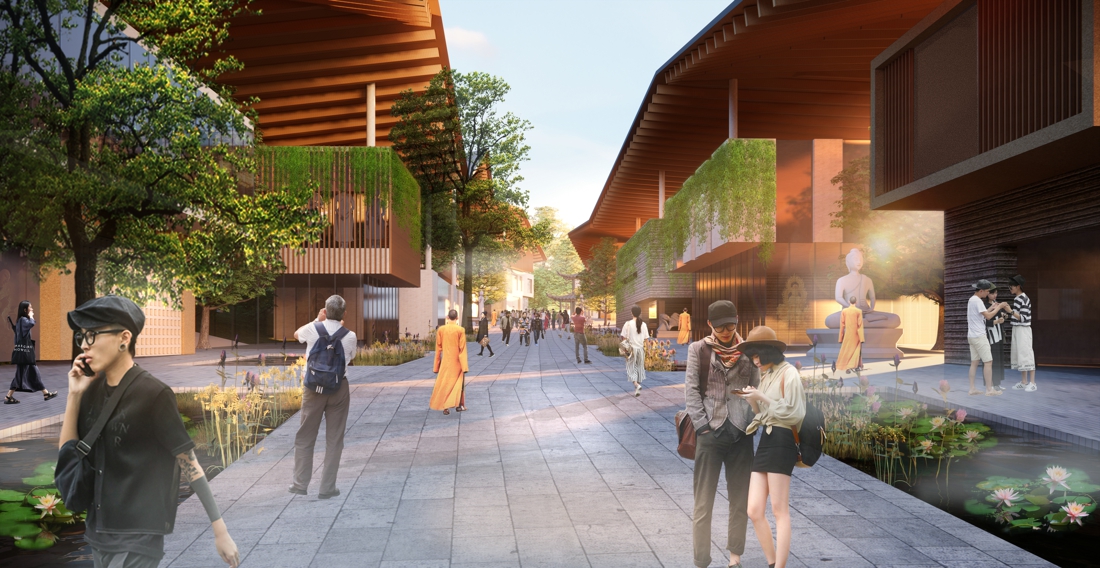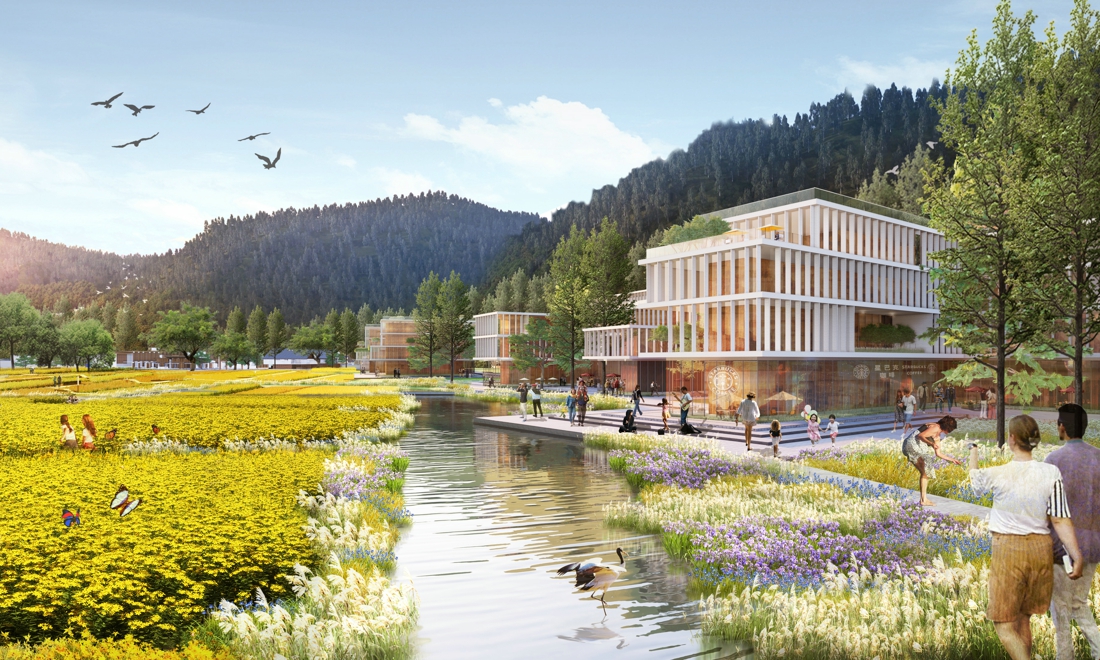Wenzhou Daluoshan Area Urban Design
Project Information
- Project Location:
- China Shengtaiyuan, Wenzhou
- Project Scale:
- 112 Square Kilometers
- Design Time:
- 2021
Project Profile
1. Project Statement
Wenzhou is located along the southeast coast of China and the southern tip of Zhejiang Province, and is situated in the middle of the two major urban circles, the Yangtzi River Delta area and Haixi economic development zone. The study site, Daluoshan, can be found east of Wenzhou’s main urban area, south side of Ou Jiang River, with a total area of 112km2. It is the strategic center of Wenzhou in terms of raising its urban resilience against threats from Climate Change and environmental issues.
2. Objective and Challenge
As the new round of national spatial planning takes its shape, Daluoshan has become Wenzhou’s geometric center, with important roles such as fulfilling the physical and mental health needs for the city’s residents, and achieving a balanced development between urban and rural areas. Branded as the city’ meeting room, the goal for Daluoshan is to lead Wenzhou’s tourism development as well as to work with the surrounding Technological innovation corridor and become one of the new economic engines for the region, in the new era of ecological civilization.
3. Design Strategy
Our plan is for Daluoshan to serve the city as it’s Central Eco-Service District and to become Wenzhou’s “Green Heart” for its environmental resilience, urban-rural public services as well as economical developments.
To achieve the overall goal mentioned above, we have listed five major strategies, including restore blue and green ecological connections, improve transportation networks, find new energy for rural areas, set up green engine for the economy, and finally, utilizing land for developments:
1) Clearly mark development boundaries for the region, by studying the Integrated Ecological Security Pattern, and work with existing ecological protection areas. Restore waterways and natural vegetation that had been negatively impacted by previous developments.
2) Improve Daluoshan’s transportation networks, with an emphasis on the connection between walking and cycling networks and the city’s existing and planned public transport systems.
3) Help the development of accommodation, education, agriculture, creative arts and freedom travel in the region, by utilizing local ecological and landscape resources, in order to find new energy for rural areas’ economic growth.
4) Unit four separate scenic zones to form one big tourism development and services area to attract new investments for the region and lead the transformation of Wenzhou’s economy to a greener and more sustainable future.
5) Reorganize all the usable spaces for development in the region, in order to improve the overall landuse efficiency and ensure the implementation of larger scale projects.
